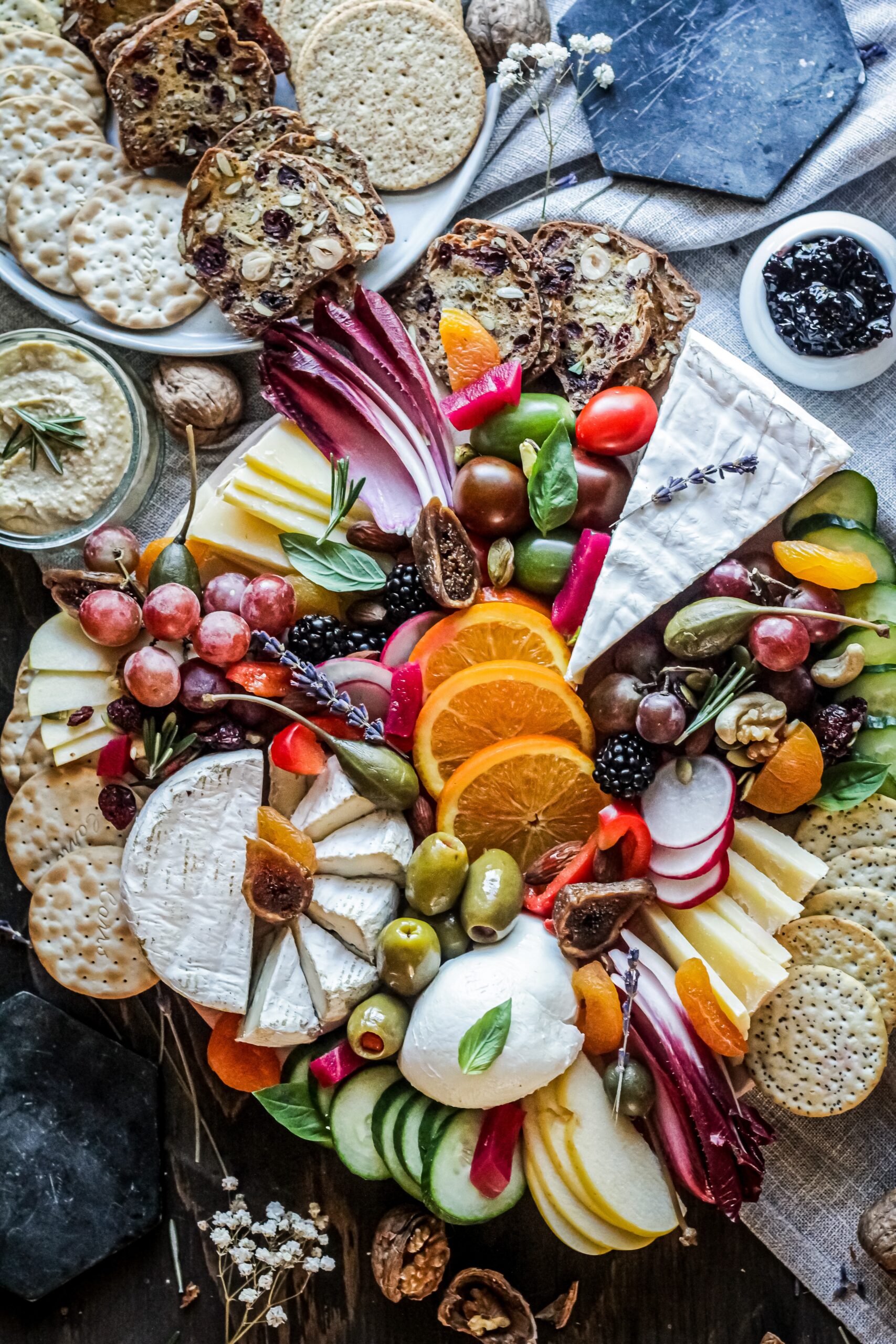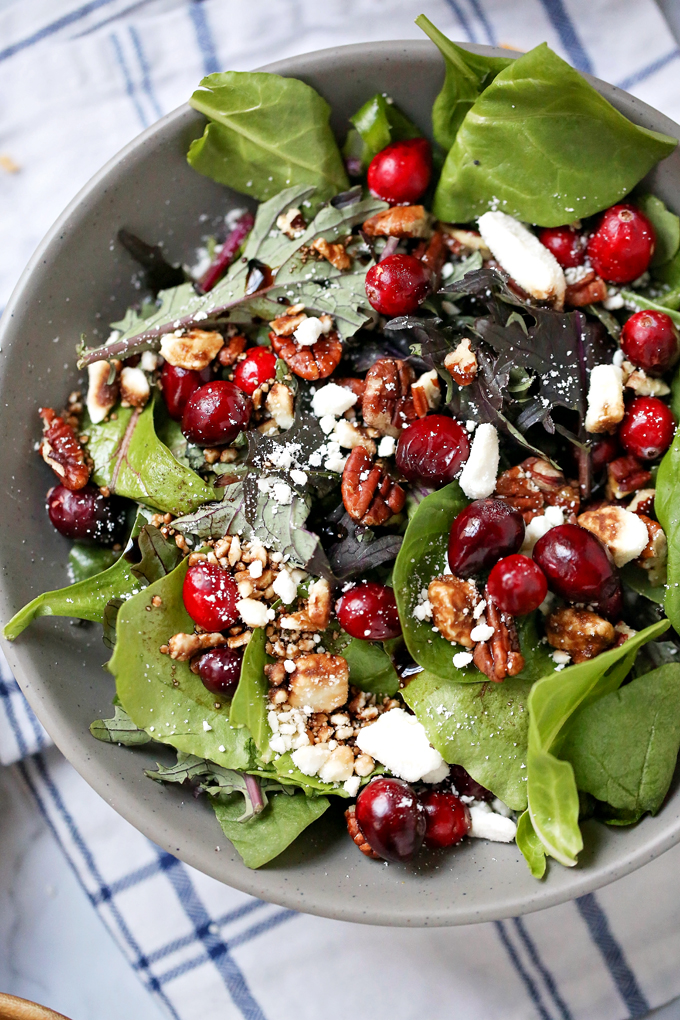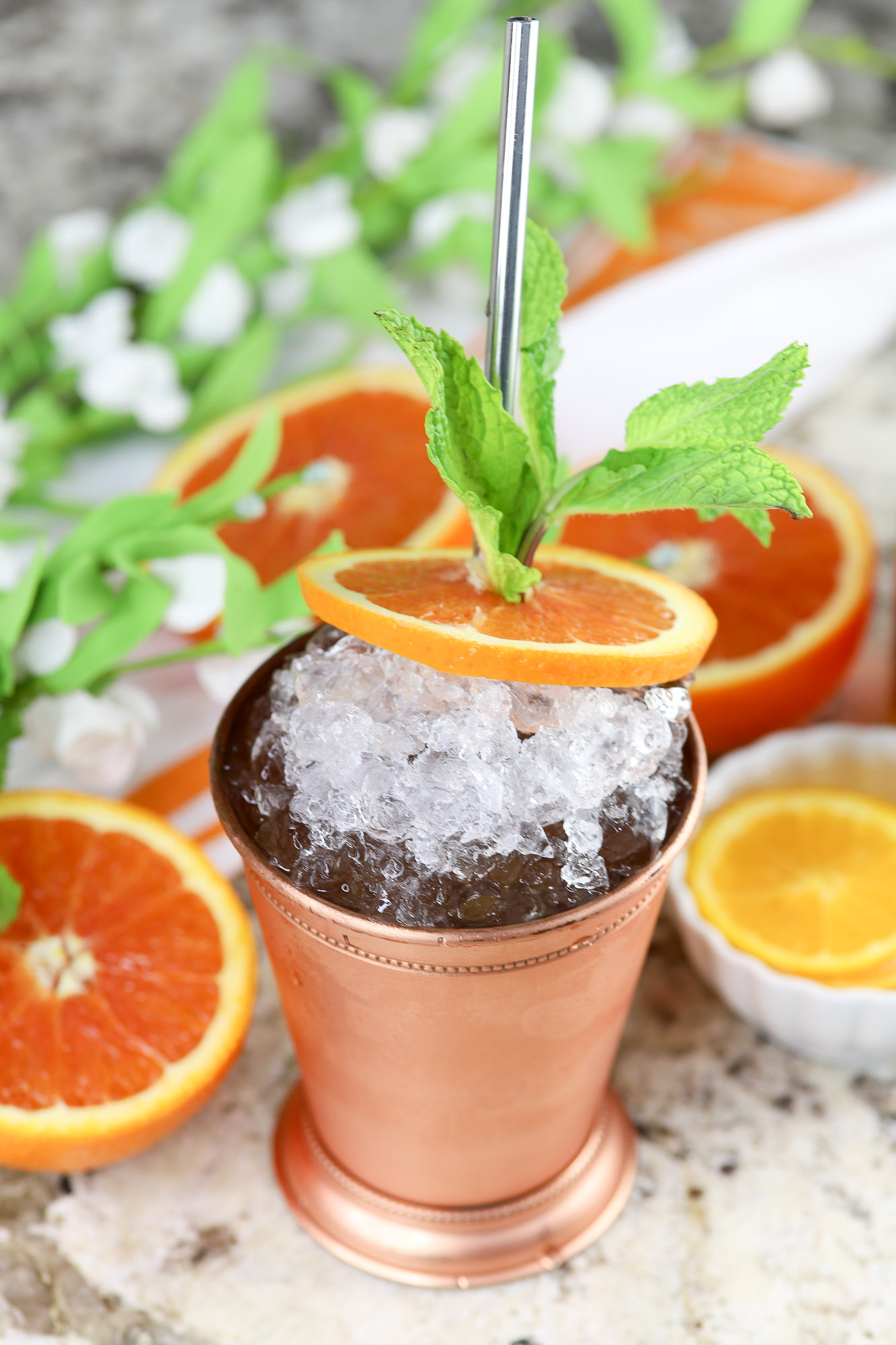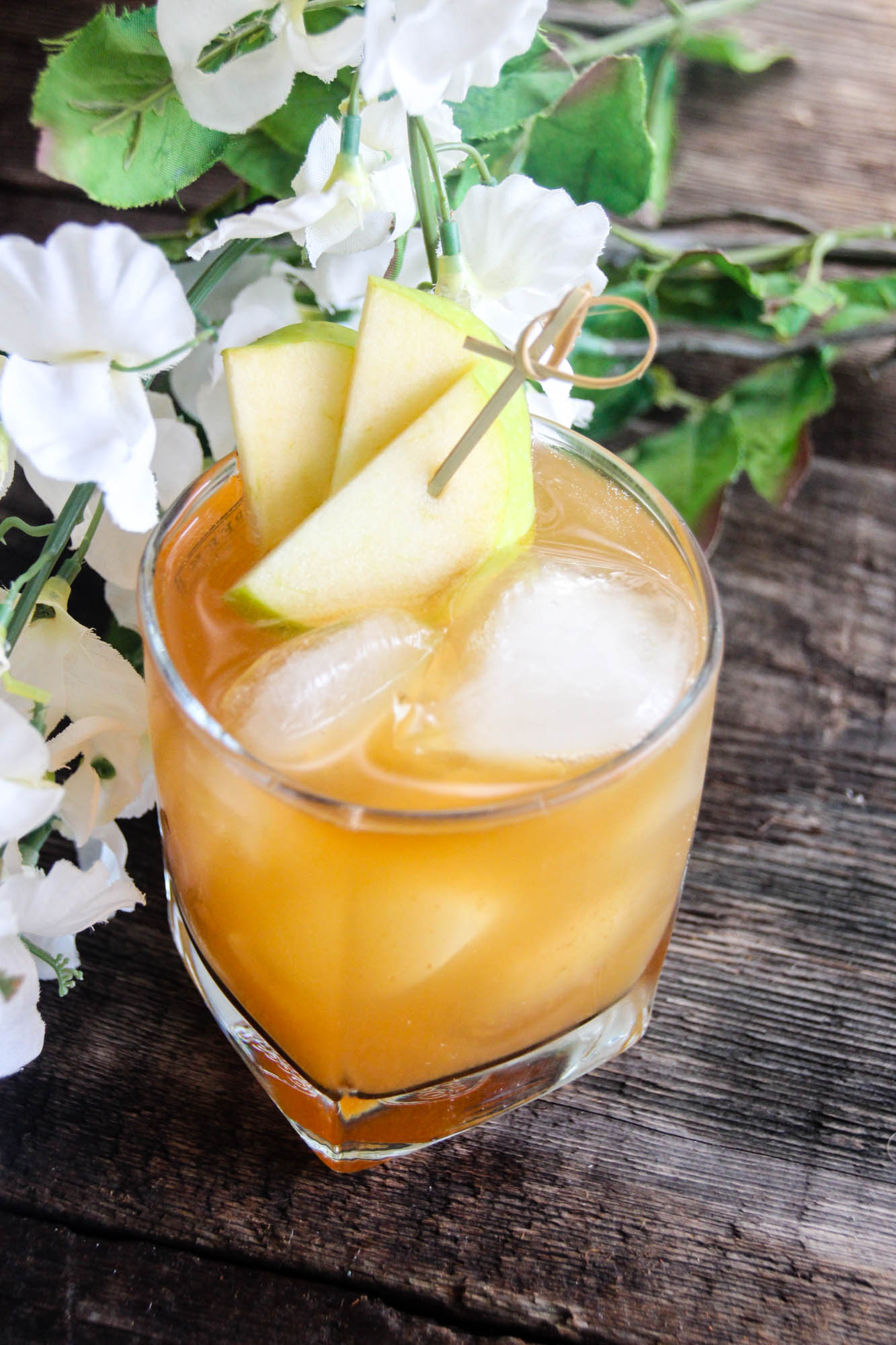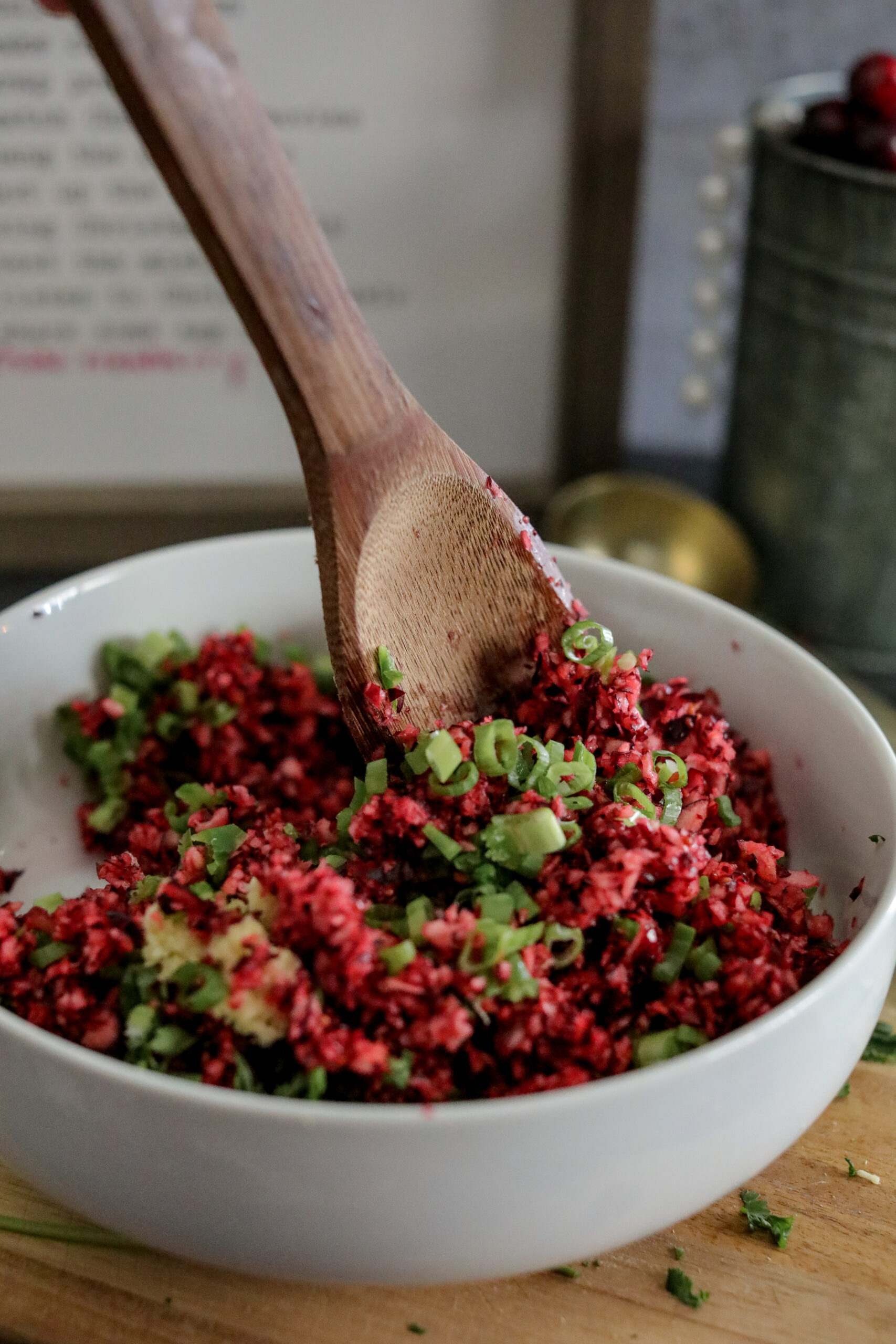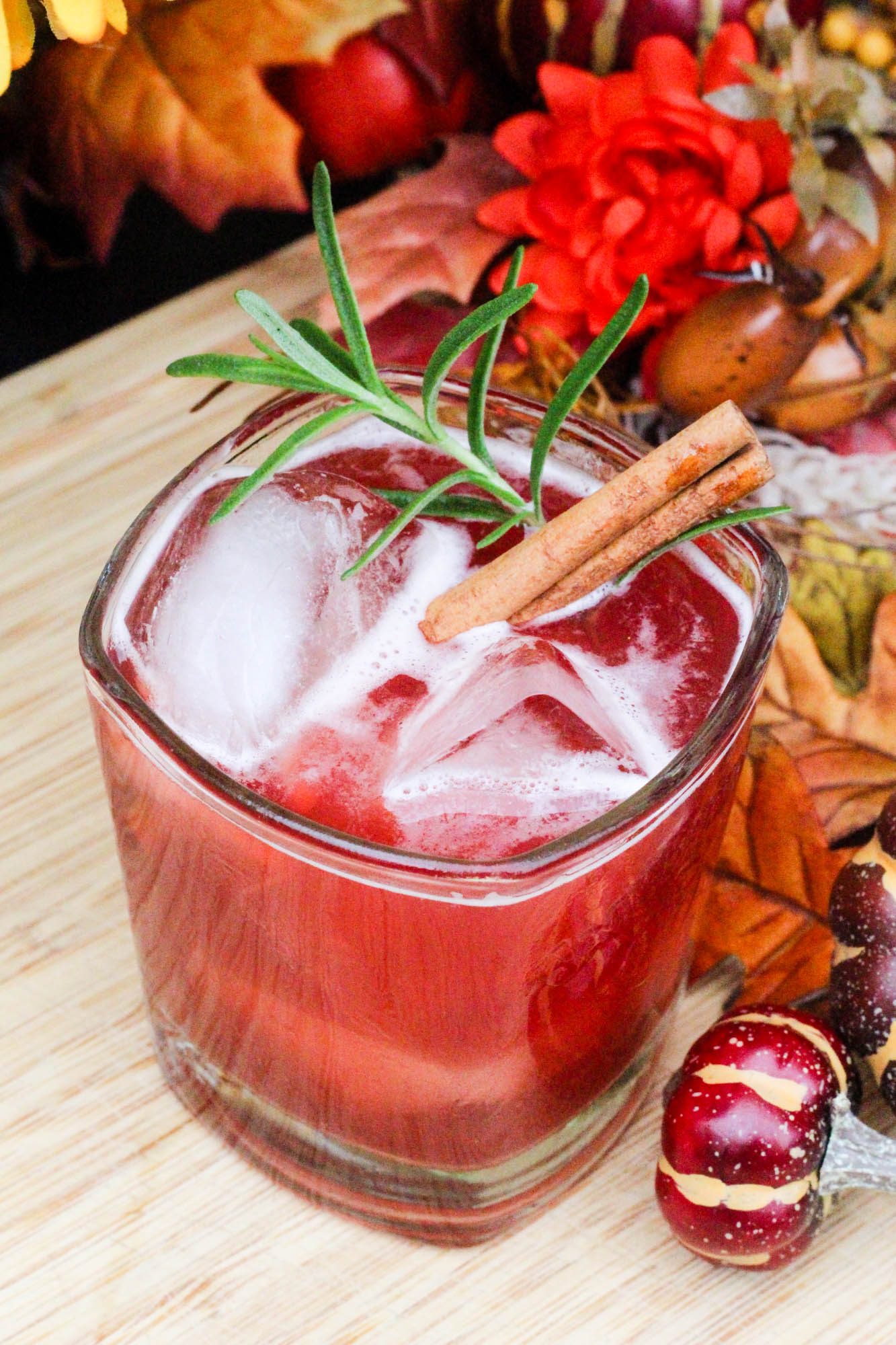How to Make a Charcuterie Board: A Beginner’s Guide (+ Free Printable Charcuterie Board Ideas Cheat Sheet)
Charcuterie boards are a popular and versatile way to serve a variety of meats, cheeses, fruits, and other snacks. They are perfect for entertaining guests, whether it's for a casual gathering or a formal event. With a little bit of planning and creativity, anyone can learn how to make a charcuterie board that is both delicious and visually appealing.

The key to making a great charcuterie board is to choose a variety of high-quality ingredients. When selecting meats, opt for a mix of cured meats such as salami, prosciutto, and ham. Cheeses should also be varied in texture and flavor, including soft and hard cheeses like brie, cheddar, and blue cheese. Fruits like grapes, berries, and figs, as well as nuts and crackers, can also be added to the board to provide a range of flavors and textures. In the following sections, we will provide tips and tricks for selecting the perfect ingredients, arranging them on the board, and presenting the final product.
How to Make a Charcuterie Board: A Beginner's Guide
Understanding Charcuterie
If you're not familiar with charcuterie, it's a French word that refers to the art of preparing cured meats. Charcuterie boards are a popular way to showcase a variety of meats, cheeses, fruits, nuts, and other snacks. They're perfect for entertaining guests or for a special night in with friends or family.
When it comes to preparing a charcuterie board, it's important to choose a variety of meats. Cured meats such as salami, prosciutto, and soppressata are popular choices. You can also include pâté or roulade for a more unique flavor.
In addition to meats, cheeses are an important component of a charcuterie board. You want to choose a variety of soft, creamy, and hard cheeses to complement the meats. Some popular cheese choices include brie, cheddar, and gouda.
To add some color and variety to your board, you can also include fresh fruits, nuts, and other snacks. Grapes, berries, and sliced apples are great fruit choices. Almonds, cashews, and pistachios are popular nut choices.
Overall, a charcuterie board is a fun and easy way to entertain guests or enjoy a special night in with friends or family. With a variety of meats, cheeses, fruits, and snacks, there's something for everyone to enjoy.
Choosing Your Board
When it comes to making a charcuterie board, choosing the right board is crucial. You want a board that is not only functional but also aesthetically pleasing. Here are some things to consider when choosing your board:
- Size: The size of your board will depend on how many people you are serving and how much food you want to include. A good rule of thumb is to choose a board that is at least 12 inches in diameter or length.
- Material: Charcuterie boards can be made from a variety of materials, including wood, marble, slate, and even glass. Wooden boards are the most popular choice because they are durable and provide a natural look that complements the food.
- Shape: Charcuterie boards come in a variety of shapes, including round, rectangular, and square. Choose a shape that complements the food and fits your serving needs.
- Functionality: Charcuterie boards can serve multiple purposes. Some boards are designed specifically for cutting and chopping, while others are meant for serving. Consider how you will be using your board before making a purchase.
- Style: Charcuterie boards come in a variety of styles, from rustic to modern. Choose a style that complements your personal taste and the occasion.
When it comes to choosing a board, there are no hard and fast rules. Ultimately, the board you choose should be functional, aesthetically pleasing, and complement the food you are serving. Whether you choose a traditional wooden cutting board or a modern serving platter, the most important thing is that it fits your needs and tastes.
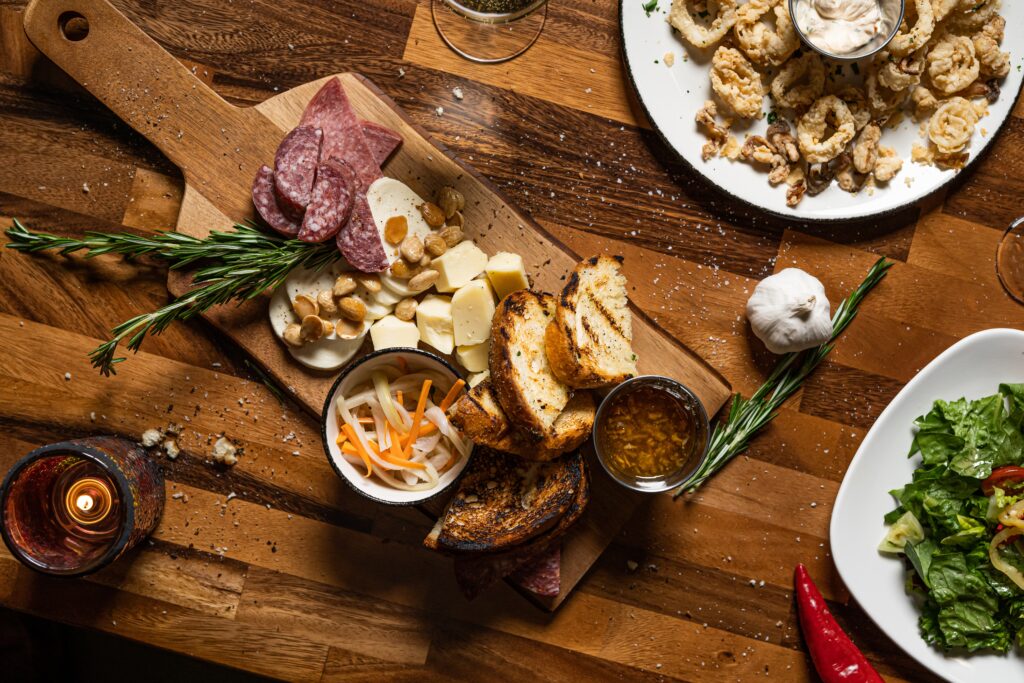
Selecting the Meats
When it comes to making a charcuterie board, selecting the right meats is key. We want to offer a variety of flavors and textures that complement each other and pair well with the other components on the board.
One classic meat for a charcuterie board is salami. Salami is a cured sausage that comes in many different varieties, from spicy to mild. It's a great option because it can be sliced thin and it pairs well with both soft and hard cheeses.
Another popular meat is prosciutto. This Italian dry-cured ham has a delicate, melt-in-your-mouth texture and a subtly salty flavor. It's perfect for wrapping around melon or figs or pairing with creamy cheeses like Brie or fresh mozzarella.
Ham is also a great option for a charcuterie board. There are many different types of ham, from smoked to honey-baked, and they can be sliced thin or thick. Ham pairs well with both sweet and savory components on the board.
Cured meats like soppressata and pepperoni are also great options. They are both made from pork and have a spicy, savory flavor. They can be sliced thin and are perfect for snacking on.
Finally, we can't forget about bacon. Bacon is a crowd-pleaser and pairs well with both sweet and savory components on the board. It can be served crispy or chewy, and it adds a smoky flavor to the board.
Overall, when selecting meats for a charcuterie board, we want to offer a variety of flavors and textures that complement each other and pair well with the other components on the board. We can achieve this by including a mix of cured meats, ham, and bacon.
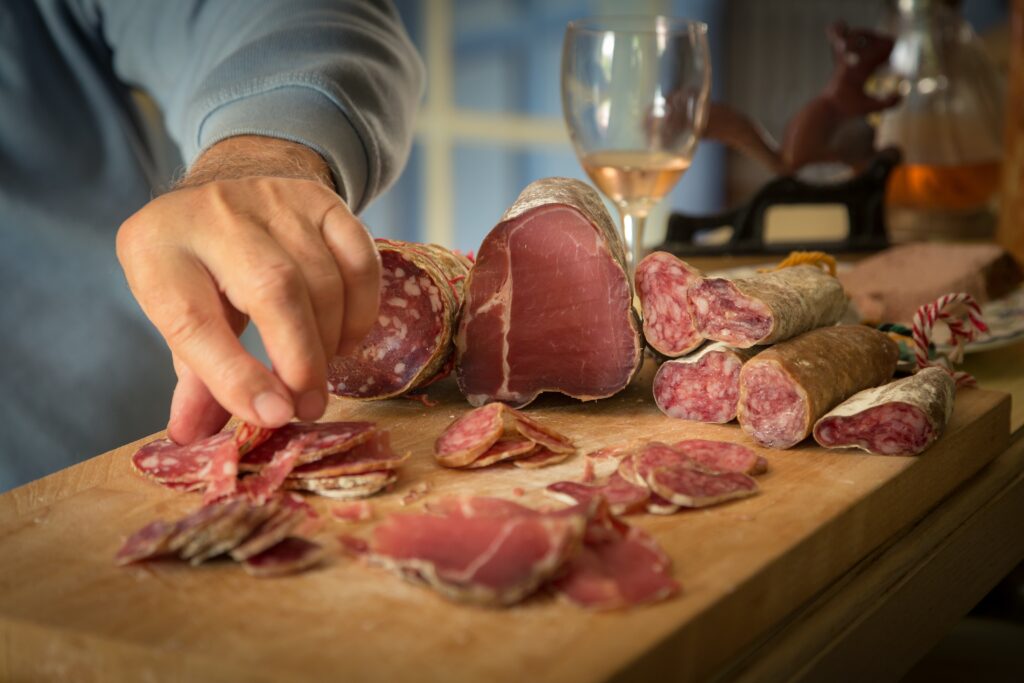
Picking the Cheeses
When it comes to selecting cheeses for a charcuterie board, we recommend choosing a variety of textures and flavors to keep things interesting. We like to include a mix of soft and hard cheeses, as well as some blue and goat cheeses for added variety.
Here are some of our favorite cheese options to consider:
- Brie: This soft cheese is a classic and pairs well with many different meats and crackers. It has a mild, buttery flavor that is sure to please.
- Gouda: This semi-hard cheese has a nutty flavor and a creamy texture. It pairs well with meats like salami and prosciutto.
- Cheddar: This hard cheese comes in many different varieties, from mild to sharp. We like to include a few different types to cater to different tastes.
- Manchego: This Spanish cheese has a distinctive flavor and a crumbly texture. It pairs well with salty meats like prosciutto.
- Parmesan: This hard cheese has a sharp, nutty flavor and is perfect for grating over meats or crackers.
- Blue Cheese: This strong cheese has a pungent flavor and pairs well with sweeter items like honey or fruit.
- Goat Cheese: This tangy cheese has a creamy texture and pairs well with meats like prosciutto or salami.
- Cream Cheese: This soft cheese is a versatile option that can be spread on crackers or paired with sweeter items like jam or honey.
- Mimolette: This hard cheese has a nutty flavor and a bright orange color. It pairs well with meats like ham or turkey.
When selecting cheeses, we like to aim for a mix of flavors and textures to keep things interesting. We also like to include a variety of different shapes and sizes to make the board visually appealing. Don't be afraid to experiment with different types of cheeses and pairings to find your perfect combination!
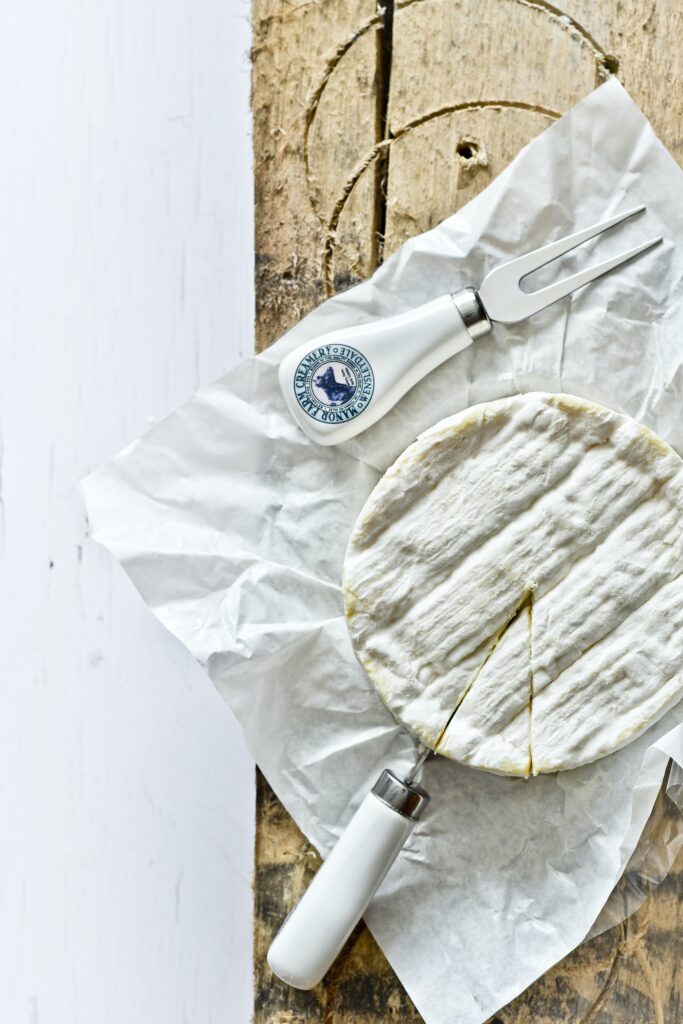
Adding Fruits and Vegetables
When it comes to creating a charcuterie board, adding fruits and vegetables is a great way to add color, texture, and nutrition to your spread. Here are some ideas for incorporating fruits and vegetables into your charcuterie board.
Fresh Fruits
Fresh fruits are always a crowd-pleaser. They add sweetness and juiciness to your board and complement the savory flavors of the meats and cheeses. Some great options include:
- Grapes: Choose a mix of red and green grapes for a pop of color.
- Berries: Strawberries, blueberries, raspberries, and blackberries are all great choices.
- Apples: Slice up some crisp apples for a refreshing crunch.
- Watermelon: Cut up some watermelon into bite-sized pieces for a juicy and refreshing addition.
Dried Fruits
Dried fruits are a great way to add some sweetness and texture to your charcuterie board. They also have a longer shelf life than fresh fruits, so you can keep them on hand for impromptu entertaining. Some popular dried fruits include:
- Apricots: Dried apricots have a sweet and tangy flavor that pairs well with salty meats and cheeses.
- Figs: Figs are sweet and chewy with a subtle nutty flavor.
- Cranberries: Dried cranberries add a tart and tangy flavor to your board.
Vegetables
Vegetables are a great way to balance out the richness of the meats and cheeses on your charcuterie board. They also add some crunch and freshness to the mix. Here are some vegetable options to consider:
- Peppers: Mini sweet peppers are colorful and sweet, while jalapeño peppers add a spicy kick.
- Cucumber: Slice up some cucumbers for a refreshing crunch.
- Pickled Vegetables: Pickled vegetables like carrots, cauliflower, and cucumbers add a tangy flavor to your board.
- Fresh Herbs: Fresh herbs like basil, rosemary, and thyme add some greenery to your board and can be used to garnish the meats and cheeses.
Overall, adding fruits and vegetables to your charcuterie board is a great way to add some color and nutrition to your spread. Mix and match different options to create a balanced and beautiful board that your guests will love.
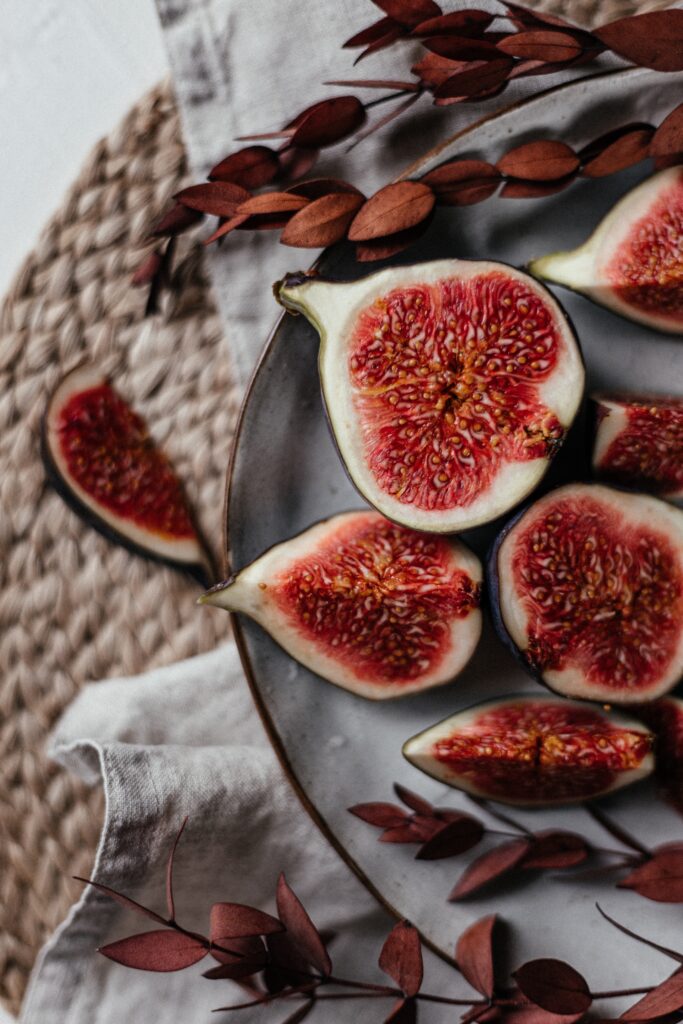
Incorporating Breads and Crackers
When it comes to creating a charcuterie board, breads and crackers are essential components. They not only provide a vehicle for the meats and cheeses but also add texture and flavor to the board. Here are some tips for incorporating breads and crackers into your charcuterie board:
Bread
When selecting bread for your board, it's best to choose a variety of types and textures. We recommend including a crusty baguette, sliced French bread, and a few types of crackers. You can also add some crostini for a crispy, toasted option.
To make your board visually appealing, cut the bread and crostini into different shapes and sizes. You can also toast the bread and crostini for added flavor and texture.
Crackers
When it comes to crackers, the options are endless. We recommend selecting a variety of shapes, sizes, and flavors to add interest to your board. You can choose from round, hexagonal, square, and rectangular crackers.
To balance the textures, flavor profiles, and shapes, pick a different shape for each cracker on your board. There are many different flavors of crackers on the market, so choose a few that complement the meats and cheeses on your board. For example, if you have spicy meats, choose a mild cracker to balance the flavors.
Remember to place the bread and crackers on the board in a visually appealing way. You can stack them or place them in a row, depending on the size and shape of the board. Don't forget to add some spreads like pate, hummus, tapenade, mustard, chutney, and marmalade to complement the breads and crackers.
By following these tips, you can create a visually appealing and delicious charcuterie board that will impress your guests.
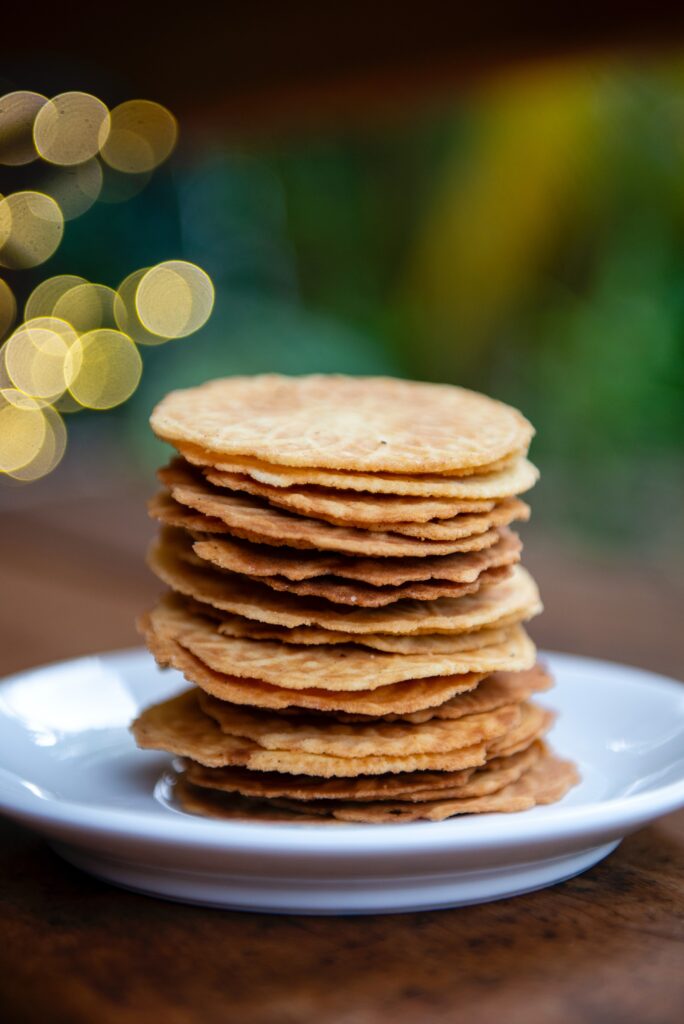
Including Nuts and Pickles
No charcuterie board is complete without a variety of nuts and pickles. These two elements add a crunchy texture and tangy flavor that complement the meats and cheeses perfectly. Here are some tips for including nuts and pickles in your charcuterie board:
Nuts
Nuts are a great addition to any charcuterie board. They not only add a crunchy texture but also provide a good source of protein. Some popular nuts that you can include are almonds, walnuts, pecans, and pistachios. You can mix and match different types of nuts to create a unique flavor profile.
To add some extra flavor to the nuts, you can roast them with some spices. For example, you can roast some almonds with paprika and cumin or some pecans with cinnamon and brown sugar. You can also include some candied nuts for a sweet and salty flavor.
Pickles
Pickles are another essential element of a charcuterie board. They provide a tangy flavor that cuts through the richness of the meats and cheeses. Some popular pickles that you can include are cornichons, gherkins, and dill pickles.
When selecting pickles for your charcuterie board, it's important to consider the flavor profile of the meats and cheeses. For example, if you have a spicy salami, you can pair it with some tart pickles like radishes. If you have a mild cheese like brie, you can pair it with some bold-flavored pickles like blue cheese.
In conclusion, including nuts and pickles in your charcuterie board is a must. They add a crunchy texture and tangy flavor that complement the meats and cheeses perfectly. So, mix and match different types of nuts and pickles to create a unique flavor profile that your guests will love.
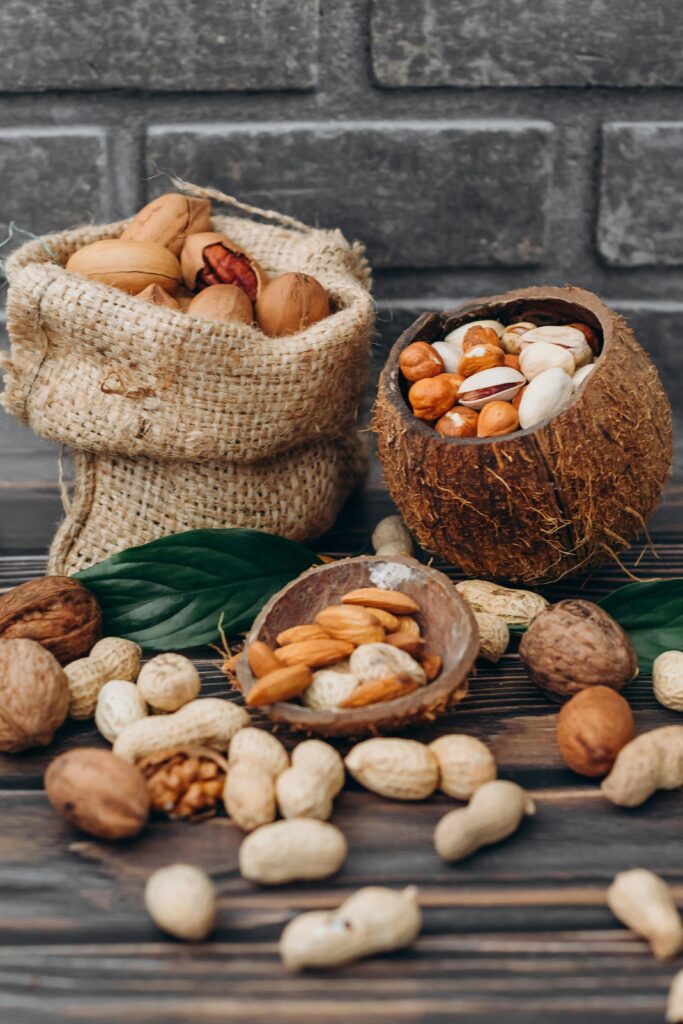
Introducing Spreads and Condiments
When it comes to creating a charcuterie board, it's not just about the meats and cheeses. Including spreads and condiments can take your board to the next level. Here are some of our favorite options to consider:
Honey
Honey is a versatile addition to any charcuterie board. It pairs well with salty meats like prosciutto and adds a touch of sweetness to the board. We recommend choosing a high-quality honey with a mild flavor that won't overpower the other ingredients.
Spreads
Spreads like hummus, pâté, and tapenade are a great way to add variety to your board. They provide a different texture and flavor profile that can complement the meats and cheeses. We suggest choosing a few different types of spreads to cater to different tastes.
Mustard
Mustard is a classic condiment that pairs well with a variety of meats. It adds a tangy, slightly spicy flavor that can cut through the richness of the cheese and meat. We recommend choosing a few different types of mustard, such as dijon, whole grain, and honey mustard.
Jams and Pepper Jelly
Jams and pepper jelly are a sweet and spicy addition to any charcuterie board. They pair well with soft cheeses like brie and goat cheese. We suggest choosing a few different flavors to cater to different tastes. Fig jam is a popular option that pairs well with many types of meats and cheeses.
Condiments
Other condiments like olives, pickles, and marinated vegetables can add a pop of color and flavor to your board. They provide a different texture and flavor profile that can complement the meats and cheeses. We suggest choosing a few different types of condiments to cater to different tastes.
Including spreads and condiments on your charcuterie board can elevate the flavors and provide a variety of options for your guests. Don't be afraid to mix and match different flavors and textures to create a unique and delicious board.
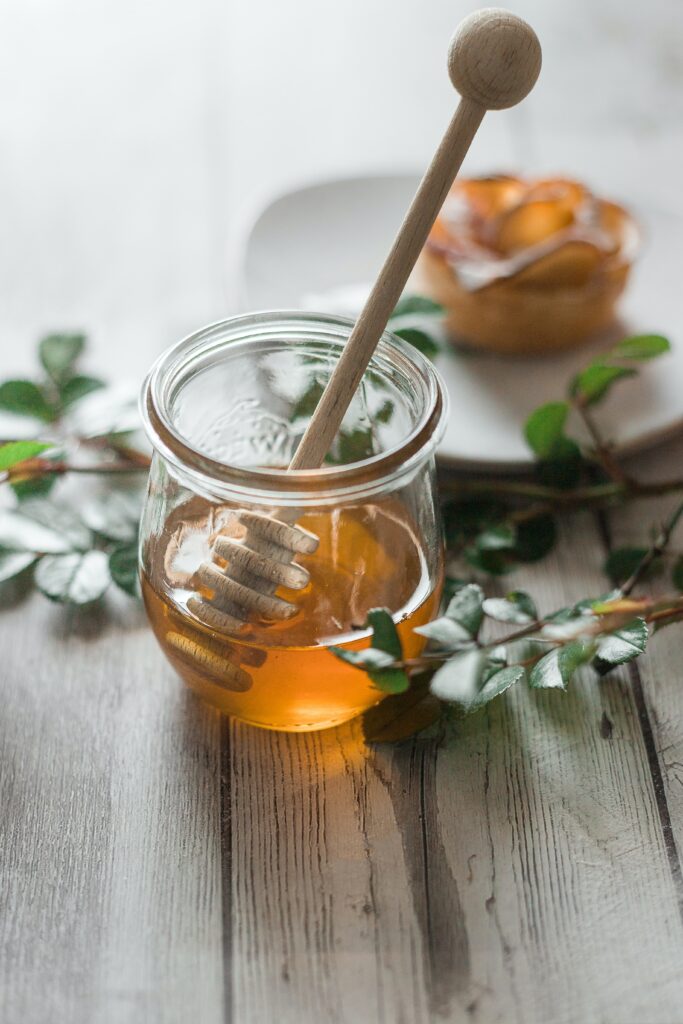
Adding Texture and Color
When it comes to creating a beautiful and delicious charcuterie board, texture and color are key. We want to create a visually appealing spread that is also full of flavor and variety. Here are some tips for adding texture and color to your charcuterie board:
Variety of Textures
A good charcuterie board should have a variety of textures to keep things interesting. We recommend including some crunchy items like nuts or crackers, some creamy items like cheese or hummus, and some chewy items like dried fruit or cured meats. This will give your guests a range of textures to enjoy and keep them coming back for more.
Variety of Colors
In addition to texture, color is also important for creating an eye-catching charcuterie board. We recommend including a variety of colors, such as red grapes, green olives, yellow peppers, and purple figs. You can also add some colorful spreads like beet hummus or roasted red pepper dip.
Shapes and Sizes
Finally, consider the shapes and sizes of the items on your charcuterie board. We recommend cutting cheese and meats into different shapes and sizes to add visual interest. You can also use cookie cutters to create fun shapes out of cheese or fruit. Don't be afraid to get creative and have fun with it!
By following these tips, you can create a charcuterie board that is not only delicious but also visually stunning. Your guests will be impressed by your attention to detail and the variety of flavors and textures on display.
Related Post:
Arranging Your Charcuterie Board
Now that we have gathered all of our ingredients, it's time to arrange them on the charcuterie board. Here are some tips to help you create a visually appealing and delicious charcuterie board.
Start with the Board
Choose a board that is large enough to hold all of your ingredients, but not so large that it looks empty. A wooden board is a classic choice, but you can also use a slate board or a marble board. Make sure the board is clean and dry before you start arranging your ingredients.
Meat and Cheese
Meat and cheese are the stars of the charcuterie board, so make sure to arrange them in a way that is visually appealing. Start by placing the larger items on the board first, such as the cheese wedges and whole cured meats. Then, fill in the gaps with smaller items like sliced meats and bite-sized cheese pieces. Try to vary the colors, textures, and shapes of the meats and cheeses to create interest.
Fruits and Nuts
Fruits and nuts are a great way to add color and texture to your charcuterie board. Arrange them in small clusters around the board, alternating between sweet and savory options. For example, you could place some grapes next to a wedge of brie, and some dried apricots next to a slice of salami. Don't forget to include some nuts, like almonds or walnuts, for crunch.
Crackers and Bread
Crackers and bread are the perfect vehicles for the meat and cheese on your charcuterie board. Arrange them in small piles or clusters around the board, making sure to include a variety of types and flavors. You could include some plain water crackers, some seeded crackers, and some crusty bread slices. Don't forget to include some gluten-free options for your guests who may have dietary restrictions.
Finishing Touches
To finish off your charcuterie board, add some small bowls of olives, pickles, or spreads. You could also sprinkle some fresh herbs, like thyme or rosemary, over the board for a pop of color and flavor. And don't forget to include some small knives or spreaders for your guests to use.
With these tips, you can create a beautiful and delicious charcuterie board that will impress your guests. Happy arranging!
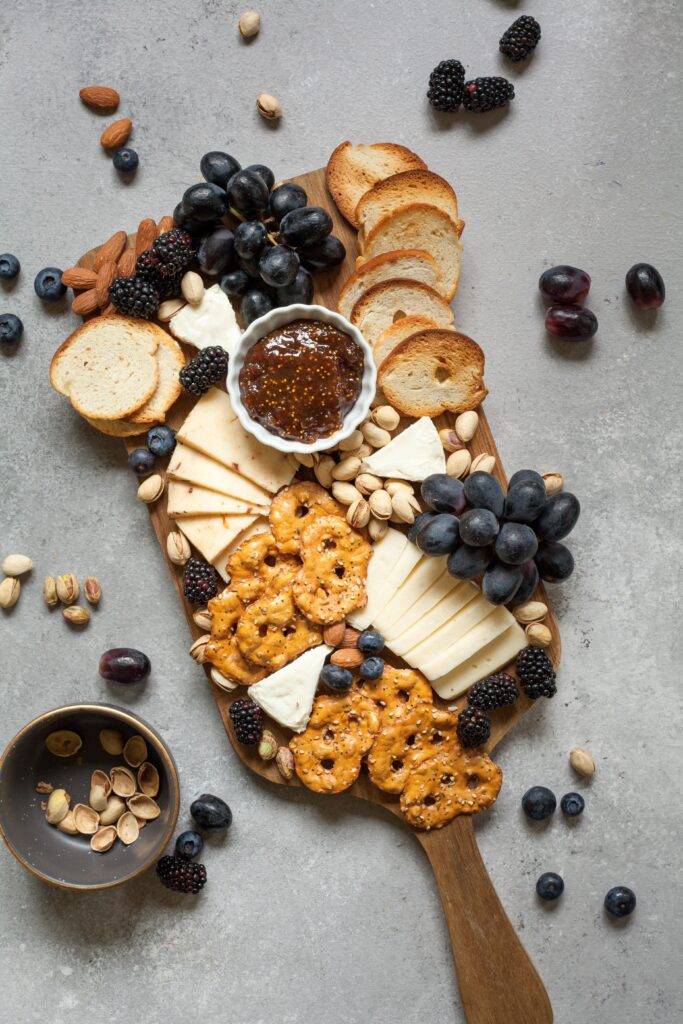
Serving Utensils and Extras
When it comes to serving a charcuterie board, having the right utensils and extras can make all the difference. Here are some of our favorite items to include:
Cheese Knives
Cheese knives are a must-have for any charcuterie board. They come in a variety of shapes and sizes, and are designed to cut through different types of cheese. We recommend having at least three different types of cheese knives on hand: a soft cheese knife, a hard cheese knife, and a spreader. This will ensure that you can properly serve all of the cheeses on your board.
Forks
Forks are another important utensil to have on hand. They can be used to pick up small items like olives, grapes, and nuts. We recommend having both regular forks and cocktail forks available, so that your guests can choose which they prefer.
Small Bowls
Small bowls are a great way to add some variety to your charcuterie board. You can use them to hold dips, spreads, or other small items like pickles or mustard. We recommend having at least 2-3 small bowls on your board.
Utensils
In addition to cheese knives and forks, you may also want to include other utensils like tongs or spoons. These can be used to pick up larger items like meats or vegetables.
Overall, having a variety of serving utensils and extras on your charcuterie board will make it more visually appealing and easier for your guests to enjoy.
Creating a Shopping List
When it comes to making a charcuterie board, having a well-planned shopping list is crucial. Not only does it ensure that you have all the necessary ingredients on hand, but it also helps you stay within your budget.
To make a comprehensive shopping list, we recommend breaking down the items into several categories. These categories may include:
Meats
Charcuterie boards are all about the meats, so it's essential to choose a variety of options. Some popular choices include salami, prosciutto, and ham. We suggest selecting at least three different types of meat to provide a range of flavors and textures.
Cheese
Cheese is another crucial component of a charcuterie board. We suggest choosing a variety of soft and hard cheeses, including brie, cheddar, and gouda. Don't forget to add a spreadable cheese, such as goat cheese or pimento cheese, to the mix.
Crackers and Bread
Crackers and bread are the perfect vehicles for the meats and cheeses on your board. Choose a variety of options, including plain crackers, flavored crackers, and sliced baguette.
Fruits and Vegetables
Adding fresh fruits and vegetables to your charcuterie board helps balance out the richness of the meats and cheeses. We suggest including a mix of sweet and savory options, such as grapes, berries, carrots, and cucumbers.
Nuts and Dried Fruits
Nuts and dried fruits add a crunchy texture and sweet flavor to your board. Some popular options include almonds, walnuts, and dried apricots.
Other Additions
Don't forget to include other additions that complement your board, such as olives, pickles, and spreads. These items add extra flavor and interest to your board.
By breaking down your shopping list into these categories, you can ensure that you have all the necessary ingredients to create a beautiful and delicious charcuterie board.
-> Download and print our free printable Charcuterie Board Ideas cheat sheet here. <-
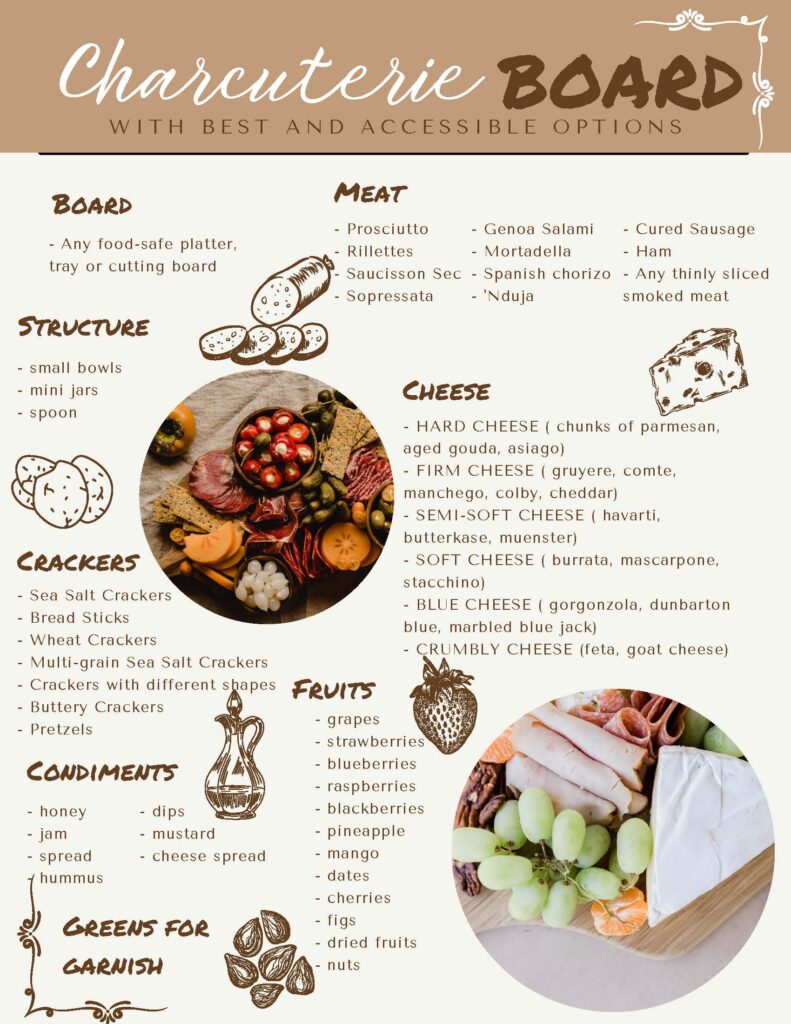
Special Occasion Charcuterie Boards
When it comes to special occasions, a charcuterie board is the perfect addition to any party or gathering. Whether it's a birthday celebration, wedding reception, or Thanksgiving dinner, a well-crafted charcuterie board can elevate any event.
To create a special occasion charcuterie board, we recommend starting with a theme. For example, for a Thanksgiving charcuterie board, you might want to focus on fall flavors and seasonal ingredients. Some ideas for Thanksgiving-inspired items include roasted turkey, cranberry sauce, sweet potato chips, and pumpkin seeds.
Next, consider the size of your board. For larger parties, you may want to use multiple boards or opt for a larger platter. A variety of shapes and sizes can also add visual interest to your display.
When selecting your meats and cheeses, consider a mix of flavors and textures. For example, a creamy brie pairs well with a salty prosciutto, while a sharp cheddar can balance out a sweet fig jam.
To add some variety to your board, consider including some non-traditional charcuterie items such as fresh fruits, nuts, and olives. These can add pops of color and flavor to your display.
Finally, don't forget about presentation. Arrange your items in a visually appealing way, using different heights and textures to create interest. You may also want to label your items to help guests identify what they are trying.
Overall, a special occasion charcuterie board is a great way to impress your guests and add some variety to your party spread. With a little planning and creativity, you can create a board that is both beautiful and delicious.
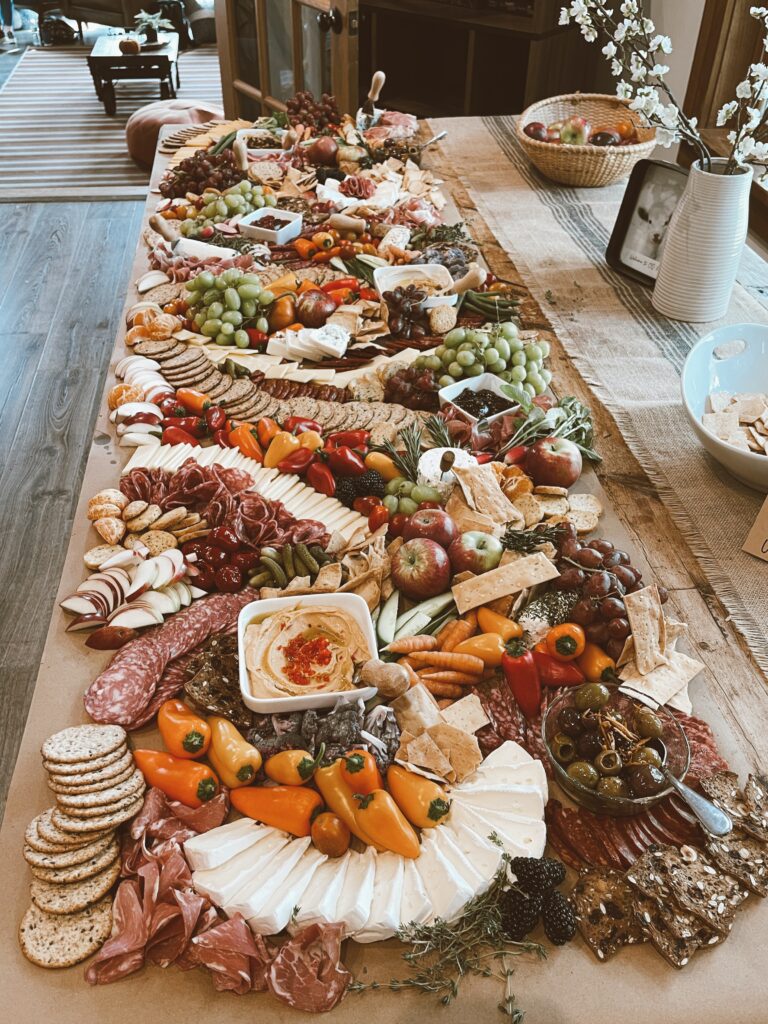
Enjoying Your Charcuterie Board
Now that you have created a beautiful charcuterie board, it's time to enjoy it! Charcuterie boards are perfect for serving as an appetizer or as a light meal. Here are some tips to help you make the most of your board:
1. Pair with Wine
Charcuterie boards are a perfect match for wine. The salty and savory flavors of the meats and cheeses pair well with a variety of wines. Some popular options include red wines such as Cabernet Sauvignon or Pinot Noir, and white wines such as Chardonnay or Sauvignon Blanc. Don't forget to include wine glasses on your board for easy serving.
2. Mix and Match
One of the best things about a charcuterie board is the variety of flavors and textures. Mix and match different meats, cheeses, fruits, and crackers to create a unique and delicious combination. Don't be afraid to try new things and experiment with different pairings.
3. Serve as an Appetizer
Charcuterie boards make a great appetizer for any occasion. Whether you're hosting a dinner party or just enjoying a night in with friends, a charcuterie board is sure to impress. Arrange the board on a large platter or wooden board and let your guests help themselves.
4. Enjoy the Taste
At the end of the day, the most important thing is to enjoy the taste of your charcuterie board. Take your time and savor each bite. The combination of savory meats, creamy cheeses, and sweet fruits is sure to delight your taste buds.
Frequently Asked Questions
What is the 3 3 3 3 rule for charcuterie board?
The 3 3 3 3 rule is a simple guideline to help you create a well-balanced charcuterie board. You should include three types of meat, three types of cheese, three types of crackers or bread, and three types of fruits or nuts. This rule ensures that you have a variety of flavors and textures on your board.
How do you make a charcuterie board step by step?
To make a charcuterie board, start by selecting a board or platter that is large enough to hold all of your ingredients. Then, choose a variety of meats, cheeses, crackers or bread, fruits, and nuts. Arrange the ingredients on the board in an aesthetically pleasing way, grouping similar items together. Don't be afraid to mix and match flavors and textures. Finish by adding any additional garnishes or spreads.
What are 5 tips to making a charcuterie board?
- Choose a variety of flavors and textures. Include sweet, salty, crunchy, and creamy items.
- Use different colors to make your board visually appealing.
- Group similar items together for a cohesive look.
- Don't overcrowd the board. Leave enough space for guests to easily pick and choose items.
- Consider the season and choose ingredients that are in season and readily available.
What not to put on a charcuterie board?
While there are no hard and fast rules for what not to put on a charcuterie board, there are a few things to keep in mind. Avoid items that are too messy or difficult to eat, such as messy dips or overly saucy items. Also, avoid items that are too pungent or overpowering, such as strong cheeses or overly spicy meats.
Unique charcuterie board ideas
Get creative with your charcuterie board by including unique ingredients and presentation ideas. Consider using a shaped board, such as a football or heart shape, to add a fun touch. You can also include unique ingredients such as pickled vegetables, olives, or even chocolate.
Dessert charcuterie board
A dessert charcuterie board is a fun twist on the traditional savory board. Include items such as cookies, chocolates, fruit, and even mini cupcakes. You can also include spreads such as peanut butter or Nutella for dipping.

